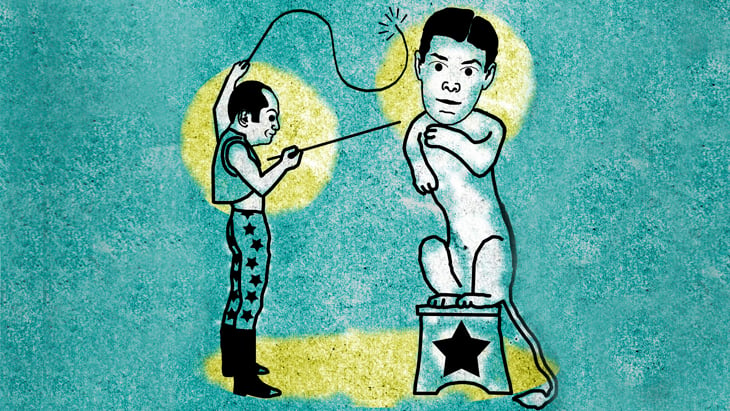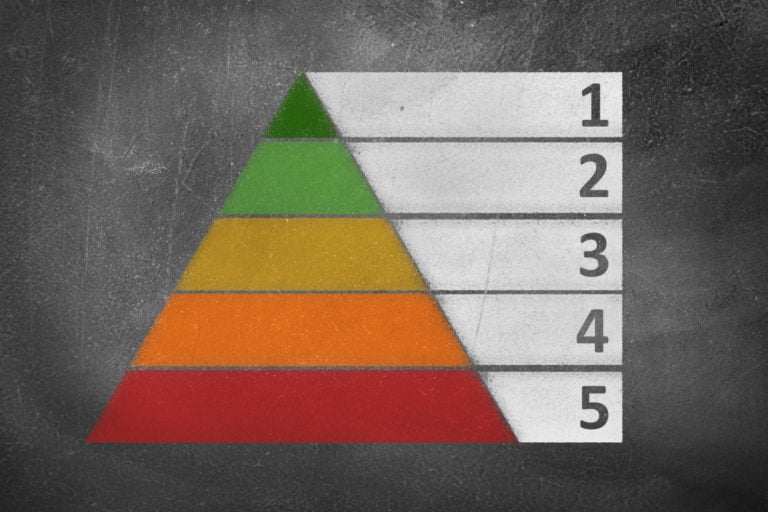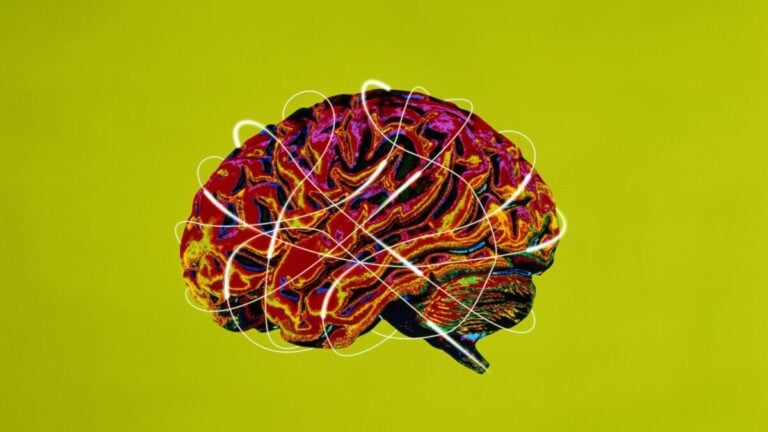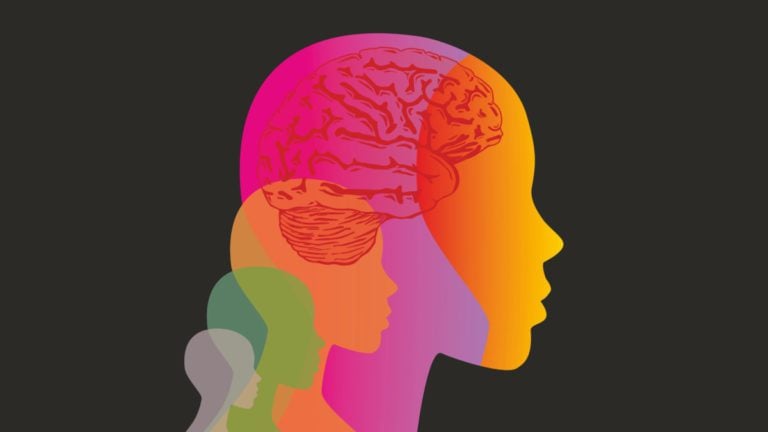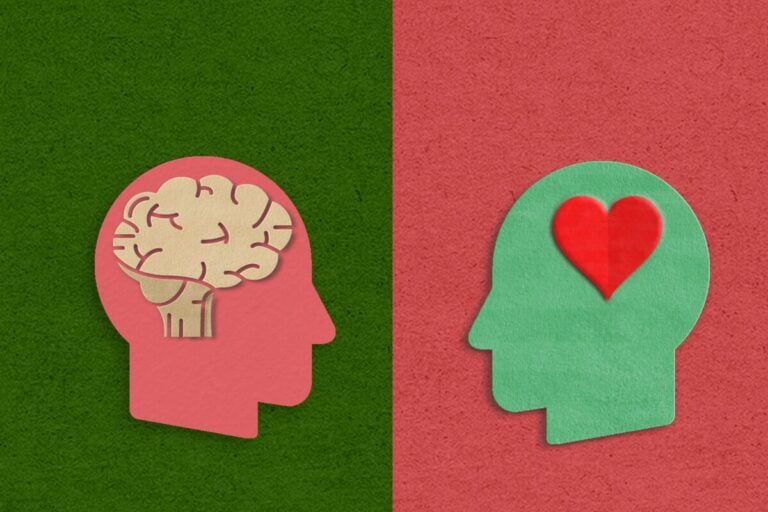Behaviorism is a concept that first appeared in the US in the 20th century. Its creator is John B. Watson. Psychology owes much to this area of research – it expanded the subject of its study (from using only the method of introspection to the science of the mechanisms of human behavior).
Behaviorism is used in modern psychological practice, and the positive results of behavioral therapy are scientifically confirmed.
What is Behaviorism
This trend was formed in the USA and was a kind of antonym to the prevailing psychological currents at that time, which were based primarily on the analysis of the content of consciousness (for example, psychoanalysis), the understanding of which was available only to the interested person.
Instead, behaviorism focused on the study of human and animal behavior that was accessible and directly observable. Behavior was defined as physiological changes and motor responses that constitute the body’s response to a given event, that is, stimuli emanating from the social and natural environment.
Behavioral psychology suggests that you need to study the relationship between responses and stimuli. The goal of such research is to be able to predict and therefore influence behavior.
Founder of the theory
The beginning of behaviorism is attributed to the personality of John B. Watson. In 1913, he published a behavioral manifesto in which he explains that all behavior takes the form of a stimulus-response (SR). Watson stated that the main goal of psychology should be to predict and control behavior. He proclaimed the lack of analysis of internal states in scientific research.
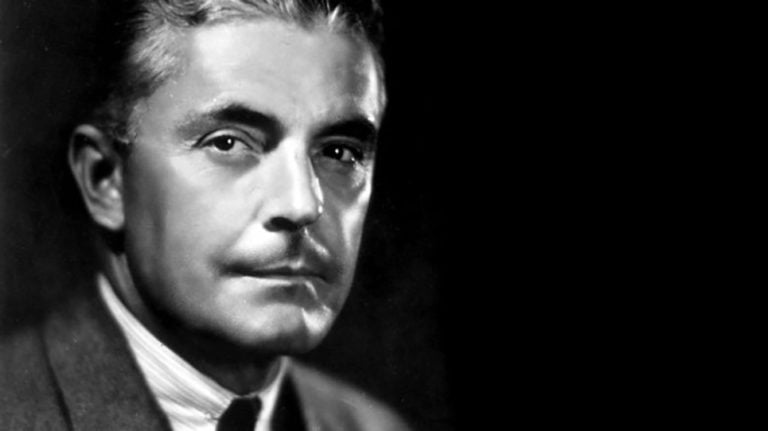
The researcher wanted psychology to be as close as possible to the natural sciences (for example, chemistry or physics). What else characterizes behaviorism? Watson argued that methods such as explanation and methodology should be used in psychological research. In his behavioral concept, Watson relied on research conducted by the Russian physiologist Ivan Pavlov, who studied conditioned behavior in various animal species.
Behaviorism developed in the early 20th century. Phenomena such as Edward Thorndike’s discovery of the law of effect, Darwin’s theory of evolution of organisms, and Pavlov’s classical conditioning experiments influenced its creation in many ways. All this clearly showed how important behavior is and the enormous role of the environment in the life of living organisms.
Representatives of behaviorism:
The main authors of the theory of behavior are: John Watson, Burrhus Skinner, Ivan Pavlov, Clark Hull and Edward Tolman. Modern behaviorism was developed by Skinner in his utopian concept of a rationally structured society that guaranteed security and prosperity and eliminated the punishments hitherto used to control behavior. Among the famous people who used the concepts of behaviorism in their works are Tadeusz Borowski, Ernest Hemingway, Juliusz Kaden-Bandrowski.
Provisions of behaviorism
Behavioral theory emphasizes that behavior is determined by a system of punishments and rewards that allows you to freely manipulate it. According to this trend, human knowledge of the world occurs through experiment, which means that it learns certain reactions to appropriate stimuli that lead to the achievement of a reward. Therefore, it was assumed that there was no point in being interested in the psyche and that one should concentrate entirely on behavior.
An important assumption of behaviorism is the external control of a person. Based on this theory, the concept of rewards and punishments was developed. A reward is a stimulus that increases the frequency of a particular behavior (which should lead to the achievement of a reward), while a punishment is a stimulus that decreases the frequency. It should be noted that the ideas of behaviorists that all actions of individuals are only a reaction to stimuli are extremely radical. Thus, the person was almost completely deprived of freedom. It is very important to convince behaviorists that man is a reactive being. This means that individuals are passive and only the environment is active.
Behaviorism in psychology
Thus, we can conclude that behaviorism is closely related to the concept of philosophical determinism. The theory of behavior leaves no room for subjective human activity. A person in behaviorism is a small part of the universe, which is constantly exposed to external (environmental) influences. Behaviorists argued that psychology should be the most objective science, like the natural sciences.

Behavior theory limits human natural abilities such as love, identity, creativity, and autonomy. She also argued that all learned responses can be freely controlled and manipulated. Thus, we can conclude that a woman can do anything with a man and shape him in the way that suits her. However, let’s remember that behaviorism did not deny the importance of genes and their influence on the behavior of organisms. He also did not deny the occurrence of living internal states and emotions in beings, but believed that they are useless for explaining the causes of the behavior of organisms.
As you know, there are several different views on behaviorism. The most important features of this direction are:
- Empiricism – the theory of behavior recognizes the influence of external factors (and, in particular, the environment);
- Physicalism – according to behaviorists, all theories and psychological concepts should be reduced to objectively measurable physical concepts;
- Positivism – research methodology is very important in behaviorism. The theory of behavior is based on scientific knowledge;
- Pragmatism – the most important thing for behaviorists is to deal with issues of practical importance, important for society.
- Functionalism – what matters is not the causality of behavior, but the joint occurrence and consequences of events.
Human Behavior
Human behavior is the behavior of organisms related to a given environment at a particular time. These are also various reactions to stimuli coming from the external environment.
Examples of human behavior include:
- social behavior;
- cognitive behavior;
- sexual behavior;
- compulsive behavior;
- reactive behavior;
- assertive behavior;
- antisocial behavior;
- prosocial behavior;
- exploratory behavior;
- organizational behavior.
Prosocial behavior is, for example, helping others, protecting others, exchanging with others, that is, everything that is aimed at benefiting a person or people.
There are also behaviors that are characteristic of a given person, such as screaming (that is, an emotional reaction) at the sight of a spider, or joy and instantaneous physical approach to an animal (for example, a dog) that a person considers friendly.
